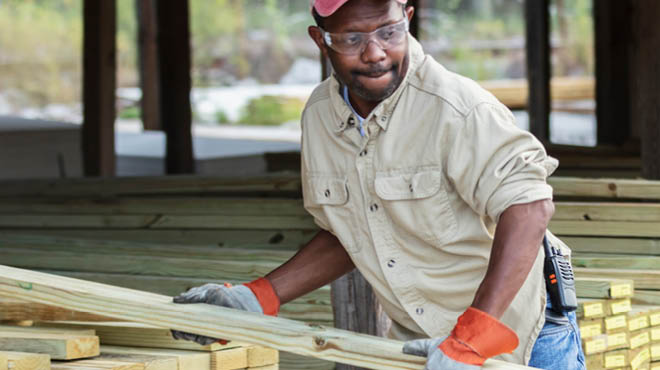Kegels are for men too

Women often are told about the importance of Kegel exercises to strengthen pelvic muscles. It turns out that men can benefit from these exercises as well.
Pelvic floor muscles span the bottom of the pelvis and support the internal pelvic organs. In men, this includes the bladder, prostate and rectum. The muscles also wrap tightly around the anus and urethra. They can weaken with age or due to diabetes, an overactive bladder or prostate surgery.

When done correctly, Kegel exercises have many benefits for men. Stronger pelvic muscles can help improve:
- Frequent nighttime voiding called nocturia
- Dribbling after urination
- Urinary hesitation
- Ability to empty bladder fully
- Constipation
- Sexual function
Any exercise to strengthen muscles involves squeezing or contracting and releasing or lengthening.
Kegel exercises are intentionally contracting and releasing the pelvic floor muscles. Here's how to get started:
- Find the right muscles.
About 40% of people don't perform a Kegel correctly the first time. The outer layer of pelvic floor muscles assists with stopping the flow of urine. To ensure you're contracting the right muscles, stop urination in midstream. You shouldn't do this often, at most once per month, as it could create a habit of contracting while urinating. Another option is to lie down and place a hand on the perineum. This is the area between the rectum and scrotum. Your hand will feel the perineum lift slightly as you squeeze your pelvic floor muscles. A physical therapist can help you identify the correct muscles using biofeedback if you are uncertain or have questions. - Perfect your technique.
Tighten your pelvic floor muscles for three or four seconds and then relax for an entire breath. It's important to get the full contraction and lengthening of each exercise. Don't rush or flex the muscles in your abdomen, thighs or buttocks. As your muscles get stronger, gradually increase each contraction to 10 seconds. - Schedule and focus.
Some try squeezing Kegel reps into daily tasks like washing dishes or sitting at a traffic light. I don't recommend this approach. It's best to dedicate quiet time to focus on your Kegel reps. This minimizes the chance of forgetting to do them and helps you contract your muscles correctly. I recommend completing a set of 10 reps before you get out of bed in the morning and before each meal during the day. - Repeat daily.
Like other exercises, the results from Kegels are better the more often you do them. Aim to do four sets of 10 reps for a total of 40 Kegels per day. Try to do them while lying down, sitting, standing or walking. Your muscles will become fatigued if you do more than 40 reps daily or hold each for longer than 10 seconds. - Drink up.
Some people with urinary incontinence restrict the amount of water they drink, which can cause other bothersome conditions or symptoms. For example, it can cause constipation, fatigue or bladder irritation. This could lead to the bladder quickly expelling urine in an uncontrolled manner. Drink at least 64 ounces of water each day.
If you have trouble doing Kegel exercises, don't feel embarrassed to ask for help. A physical therapist can help you learn to isolate and strengthen the correct muscles. Biofeedback can help as well.
Angela Imhoff is a physical therapist in Onalaska, Wisconsin.




